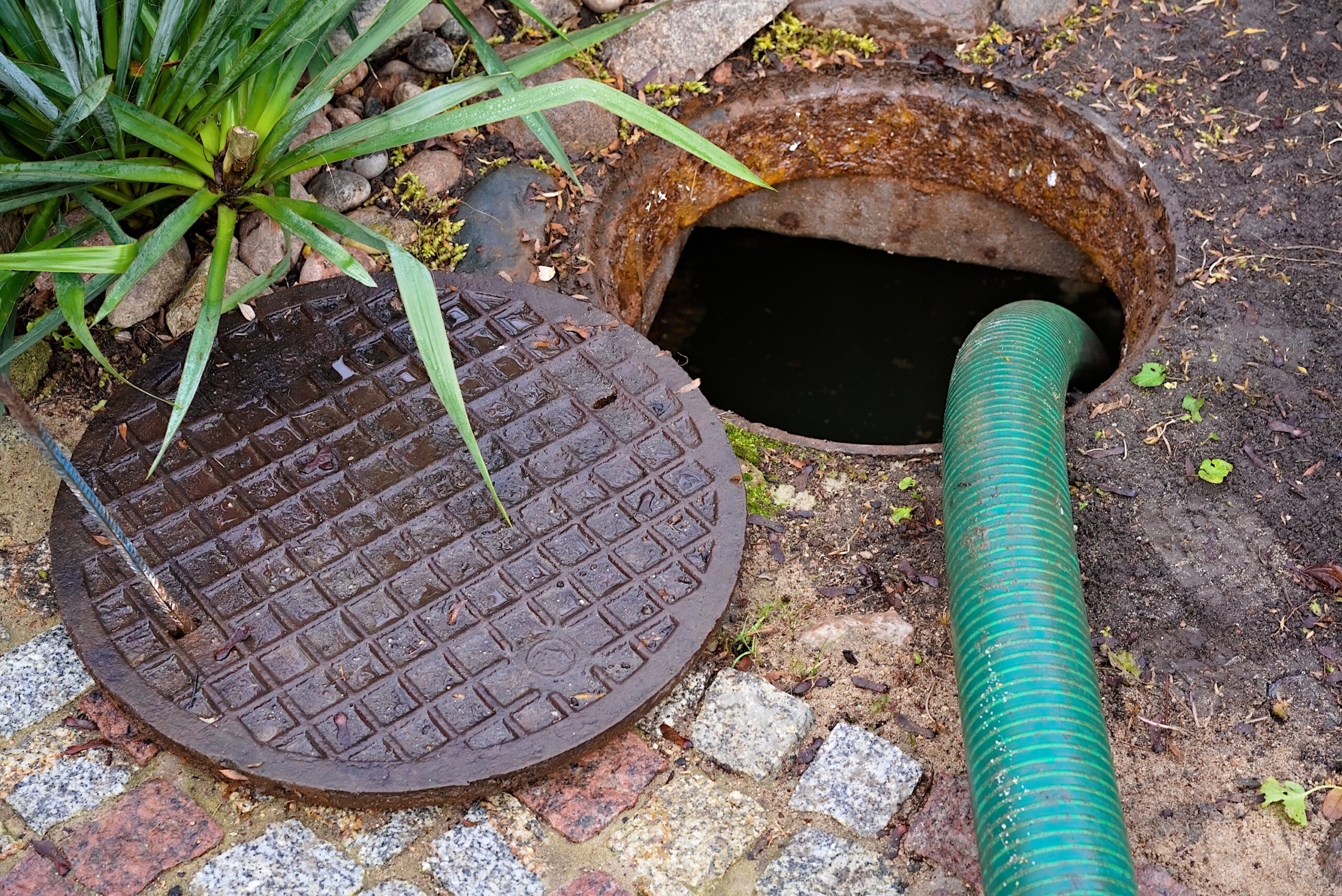Florida is home to nearly 900 freshwater springs that all play a major roll in Florida’s drinking water supply and unique eco system. Millions of tourists flock to northern and central Florida’s State Parks where these breathtaking springs can be found. However, these major tourist destinations and freshwater supplies are at serious risk. For more than 2 decades Florida has seen a drastic decline in the water levels and quality of some of the most famous springs. State officials are working hard to restore their world-class springs.

Decline in springs’ water quality
Over the past decade alone $25 million dollars has been spent trying to protect the springs from pollutants and diminishing water levels. With high hopes that this funding would have positively impacted the springs, little was improved. Increased water consumption, urban development, & nitrate pollution due to failing septic tank systems are just a few of the main issues that continue to threaten the springs.
There are over 2.6 million septic tank systems in the state of Florida that are right at the average age of failure. Homeowners typically see their septic tank systems last 15-20 years. This is due to the naturally occurring anaerobic bacteria that forms a thick sludgy layer, also known as a bio-mat, in the system. This bio-mat clogs the septic tank system making it harder for the system to function properly if at all thus allowing for harmful nitrates and other pollutants to be carried directly into our groundwater supply and in this case straight into the springs.
Saving the springs one septic at a time
Recently, Governor Rick Scott and Florida’s Department of Environmental protection brought on a $37 million spring restoration project. Some of the funds will be targeted directly towards the septic tanks closest to the polluted springs. Residents living in Alachua County near Poe Springs are particularly happy, as they have just been added to the list of springs that need protection from the harmful nitrates that their septic tank systems are emitting. According to Alachua County’s Environmental Health Department there are an estimated 3,500 homes in North Central Florida that may have to replace their septic tank system.

It is certainly important to fix any septic systems that may be improperly sealed or have mechanical damage as this will ensure that excessive pollutants are not entering the groundwater. However, as discussed earlier septic systems don’t last forever. Replacing these 3,500 septic systems for new ones is only putting a band-aid over the problem. Eventually, in 15-20 years, these “new” systems will fail and the homeowners will be left with a failing septic that is once again threatening Florida’s springs. On top of that the amount of excavation and harm that will be done to the landscape to replace these septic systems will in turn have a negative affect on the springs as well.
Restoring a Septic System Using Controlled Septic Tank Aeration™
Homeowners with septic systems can easily restore and maintain a healthy septic system by converting any existing system to a controlled aerobic environment, which does not require any excavation or high replacement costs.
Aerobically treating the waste in the septic system leaves the effluent 90% cleaner and reduces nitrogen levels by 35% compared to conventional systems; this will ensure Poe Springs and all of Florida’s springs stay safe, healthy and beautiful.











